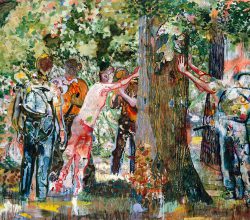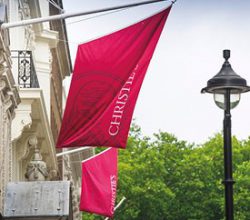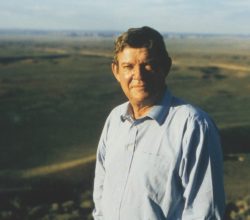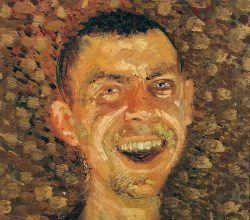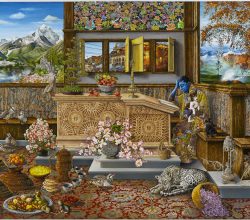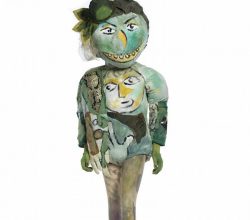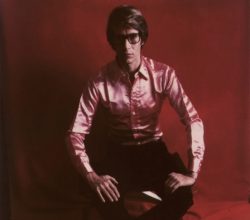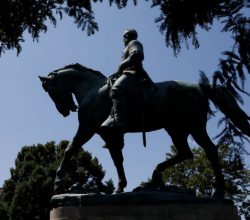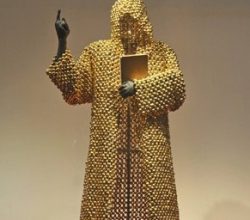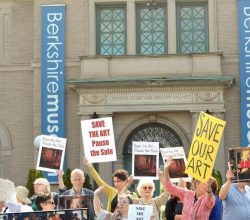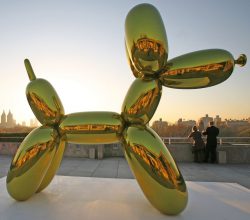
EASEL ESSAY: Jeff Koons: Or, Who’s Liberating Whom?
Morgan Meis | The-Easel | 5th September 2017
Few modern artists can draw as big a crowd as Jeff Koons. And equally few artists cause as much nashing of critics’ teeth. How come? “With Koons, we are liberated from the shame we might normally feel in liking the kitsch we are otherwise told is deplorable. “The art world wants to say to Koons, You can’t like this! To which Koons must reply, I can and I do. And so, in your heart of hearts, do you.” To dismiss Koons as completely vapid means taking the vapidness of his art at face value. But that’s exactly what it is impossible to do in looking at, for instance, Bear and Policeman. A sculpture that strange cannot, by definition, be called vapid. It’s very strangeness forces us to take it more seriously.”


